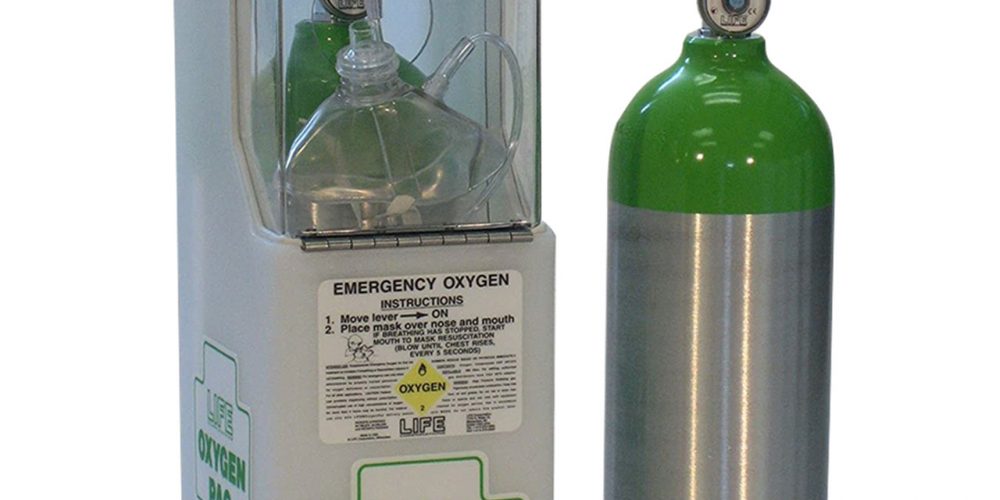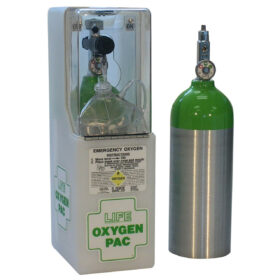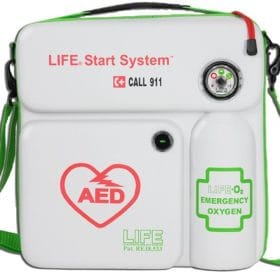

How to Properly Dispose of your Oxygen Tank: A Guide
If you have an oxygen tank that is no longer in use and you would like to recycle it, there are several steps you can take to ensure that it is done safely and properly. Here are some general guidelines to help you recycle your oxygen tank:
Contact your local waste management company or hazardous waste disposal facility to find out if they accept oxygen tanks for recycling. Many waste management companies have programs in place for recycling medical waste, including oxygen tanks.
Before recycling the tank, make sure to remove any attachments or accessories, such as regulators or tubing. These items may be reusable or recyclable, and they should be disposed of separately.
If there is any gas remaining in the tank, it is important to release it before recycling the tank. To do this, open the valve on the tank and allow the gas to escape until the tank is empty. Be sure to do this in a well-ventilated area to avoid inhaling the gas.
Once the tank is empty, it is safe to recycle it. Place it in a container or bag specifically designed for medical waste, and label it clearly as an oxygen tank. Follow the instructions provided by your waste management company or hazardous waste disposal facility for properly recycling the tank.
By following these steps, you can help ensure that your oxygen tank is recycled safely and properly, reducing waste and protecting the environment
How to Drain Oxygen from the Tank
To drain oxygen from an oxygen tank, follow these steps:
Locate the valve on the top of the tank. This is the valve that is used to control the flow of oxygen from the tank.
Use a wrench or pliers to loosen the nut that secures the valve in place. Be careful not to damage the valve or the tank while loosening the nut.
Once the nut is loosened, carefully open the valve on the tank. This will allow the oxygen to escape from the tank.
Once the oxygen has been released, close the valve on the tank by tightening the nut back in place. This will prevent any more oxygen from escaping from the tank.
Repeat this process until the tank is completely empty. Be sure to do this in a well-ventilated area to avoid inhaling the oxygen.
By following these steps, you can safely drain the oxygen from your tank and prepare it for disposal or recycling. It is important to handle oxygen tanks carefully to avoid potential hazards.
How to Recycle Scuba/Aquatic Tanks
To recycle a scuba or aquatic tank, follow these steps:
- Contact your local waste management company or hazardous waste disposal facility to find out if they accept scuba or aquatic tanks for recycling. Many waste management companies have programs in place for recycling medical and hazardous waste, including scuba and aquatic tanks.
- Before recycling the tank, make sure to remove any attachments or accessories, such as regulators or valves. These items may be reusable or recyclable, and they should be disposed of separately.
- If there is any gas remaining in the tank, it is important to release it before recycling the tank. To do this, open the valve on the tank and allow the gas to escape until the tank is empty. Be sure to do this in a well-ventilated area to avoid inhaling the gas.
- Once the tank is empty, it is safe to recycle it. Place it in a container or bag specifically designed for medical or hazardous waste, and label it clearly as a scuba or aquatic tank. Follow the instructions provided by your waste management company or hazardous waste disposal facility for properly recycling the tank.
By following these steps, you can help ensure that your scuba or aquatic tank is recycled safely and properly, reducing waste and protecting the environment.
How to Tell if the Oxygen Tank is Steel or Aluminum
To determine whether an oxygen tank is made of steel or aluminum, there are a few different methods you can try. Here are some general guidelines to help you identify the material of your oxygen tank:
- Look at the color of the tank. Steel is typically a darker color than aluminum, so if the tank is a darker shade of silver or gray, it is likely made of steel. Aluminum, on the other hand, is a lighter color, so if the tank is a lighter shade of silver or gray, it is likely made of aluminum.
- Use a magnet. If a magnet doesn’t stick, it’s most likely aluminum.
- Check the weight of the tank. Steel is typically heavier than aluminum, so if the tank feels heavy for its size, it is likely made of steel. Aluminum, on the other hand, is lighter, so if the tank feels lighter for its size, it is likely made of aluminum.
- Check the labeling on the tank. Many oxygen tanks are labeled with the material they are made of, so if the label says “steel” or “aluminum,” that is a good indication of the material of the tank.
- Consult the manufacturer’s documentation. If you have the user manual or other documentation for the tank, it may contain information about the material it is made of. This can provide definitive confirmation of the material of the tank.
By using these methods, you can determine whether your oxygen tank is made of steel or aluminum. It is important to know the material of your tank because this can affect how it is handled and disposed of.
Other Ways to Dispose of an Empty Oxygen Tank
Artists can use oxygen tanks in their work. Oxygen tanks are often used in welding and other metalworking processes, and some artists may use them to create sculptures or other artworks.
Oxygen can be used to enhance the burn of a flame, allowing an artist to create intricate designs or patterns on metal.
However, it is important to handle oxygen tanks safely and follow all relevant safety guidelines to avoid potential hazards.
View cart “LIFE StartSystem AED & Oxygen Carry Case” has been added to your cart.
Share
Share on facebook
Share on twitter
Share on linkedin
AED Brands
Implementation Guide






